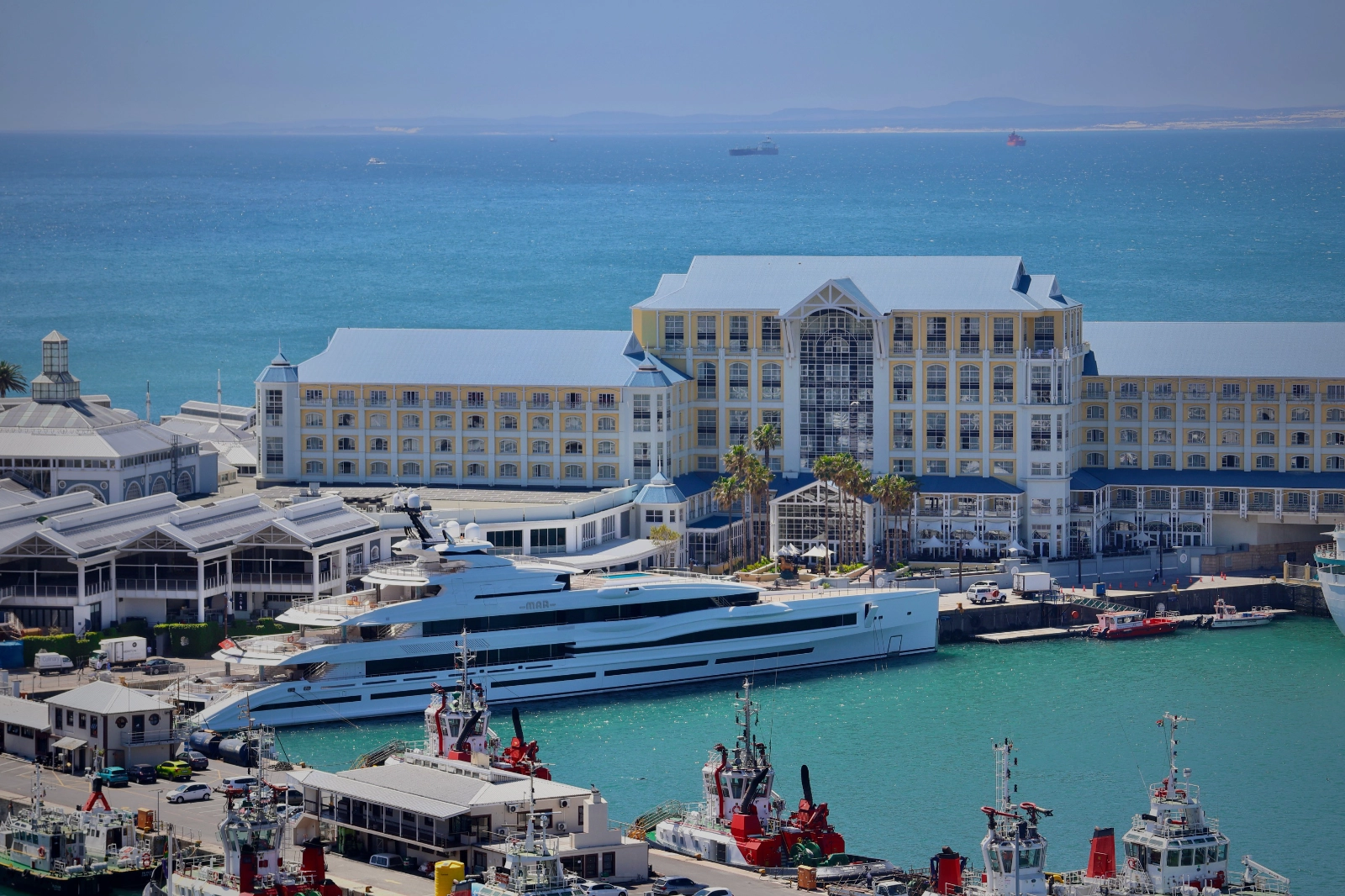
Charting Africa’s superyacht future: Why strategy starts with stakeholders
At the African Boating Conference this October, industry leaders will be calling for a pragmatic, inclusive approach to unlock the continent’s untapped potential as a world-class superyacht destination – where local insight, not just ambition, steers the course
As the global superyacht industry continues to grow, regions once considered peripheral are now capturing the interest of high-net-worth individuals seeking new and distinctive cruising experiences. Africa – with its expansive coastlines, rich biodiversity, cultural depth, and emerging marine infrastructure – has the potential to become a premier superyacht destination. But realising this vision requires more than infrastructure investments or aspirational marketing. It demands a thoughtful, inclusive, and well-informed strategy – shaped by those who know the sector best: superyacht captains, marina operators, agents, and local maritime stakeholders.
The Opportunity: Africa’s Untapped Superyacht Potential
From the island nations of the Indian Ocean to the striking coastlines of South Africa, Namibia, Mozambique, and West Africa, the continent offers a wealth of unique cruising routes. Yet, despite its geographic advantages, superyacht activity remains minimal.
A comprehensive strategy could position Africa as an integrated, desirable stop on global cruising itineraries. But to be effective, this strategy must go beyond high-level ambitions and address the practical, operational, and regulatory realities of accommodating large yachts and their discerning clientele.
The African Boating Conference is creating a pivotal platform to advance this dialogue – by convening key industry stakeholders for a focused discussion on shaping Africa’s superyacht future.
The Value of Engaging Captains and Maritime Stakeholders
Superyacht captains are far more than vessel operators – they are decision-makers and trusted advisors. Their perspectives on port safety, logistical convenience, regulatory clarity, and service quality directly influence routing decisions. Whether a yacht chooses to berth in Cape Town, cruise to Zanzibar, or bypass Africa altogether often hinges on their judgment.
To craft a successful superyacht strategy, input must be gathered from the full ecosystem, including:
- Captains and crew – for insights into port access, provisioning, safety, and routing preferences
- Marina developers and operators – to identify infrastructure gaps and assess commercial viability
- Customs, immigration, and port authorities – to address policy inefficiencies and procedural hurdles
- Charter companies and agents – to gauge market readiness and demand trends
- Local businesses and tourism bodies – to align yachting with broader economic and community goals
Without the voices of these stakeholders, strategies risk being unrealistic or misaligned. Policies that appear welcoming on paper may be impractical in execution – ultimately discouraging, rather than attracting, superyacht visits.
The Cost of Exclusion: Risks of Poor Stakeholder Engagement
Failing to consult key players can have serious consequences, including:
- Infrastructure Mismatch: Marinas may be built without sufficient draft, security, or essential services – leading to underutilised or financially unsustainable developments
- Bureaucratic Barriers: Complex or unclear customs, immigration, and port procedures can prompt yachts to avoid entire regions due to inconsistent clearance processes or high fees
- Missed Economic Opportunities: Superyachts can inject significant local revenue through provisioning, maintenance, excursions, and hospitality. Without local engagement, these benefits may be concentrated among a few, leaving little long-term impact
- Reputational Damage: Captains and crew are part of a tightly networked community. One negative experience – whether related to bureaucracy, safety, or service – can influence decisions for years
- Lagging Behind Competitors: Other emerging destinations, such as Southeast Asia and the Middle East, are actively developing captain-informed superyacht strategies. Africa risks being left behind if it doesn’t keep pace
Conclusion: Seizing the moment
Africa is on the brink of a transformation in the global yachting arena. But success hinges on collaboration. A superyacht strategy built in isolation – without the insights of those who sail, service, and support these vessels – will fall short.
Engaging stakeholders isn’t a formality; it’s a foundational requirement.
The African Boating Conference offers a vital opportunity to shape a shared vision – one that not only attracts superyachts but also leverages them as catalysts for coastal development, marine innovation, and a thriving blue economy.
With the right input and alignment, Africa can chart a bold course – welcoming the world’s most sophisticated vessels while delivering tangible benefits to its shores.
Article by Maryanne Edwards and first appeared in IBI Magazine
Categories
Copyright African Boating Conference 2025 | All rights reserved
